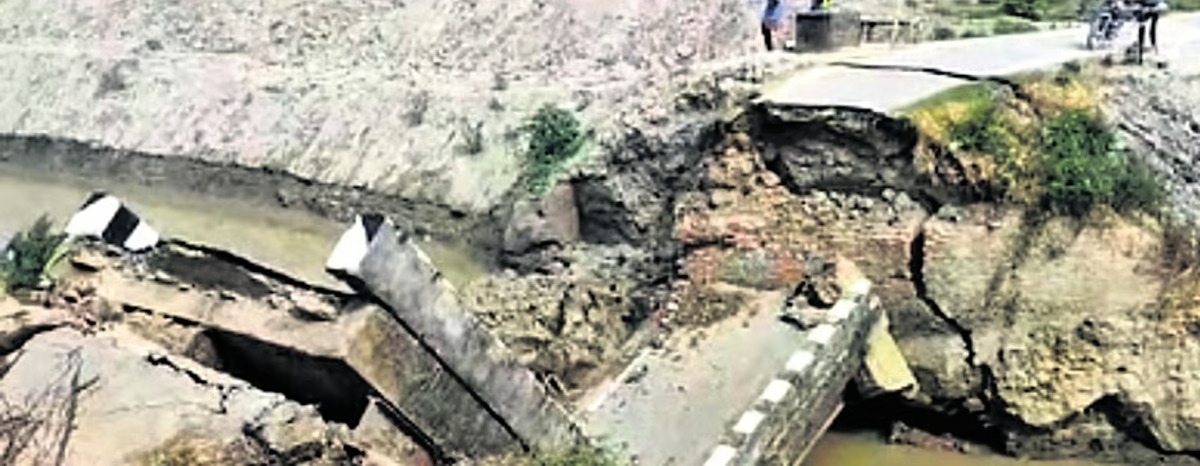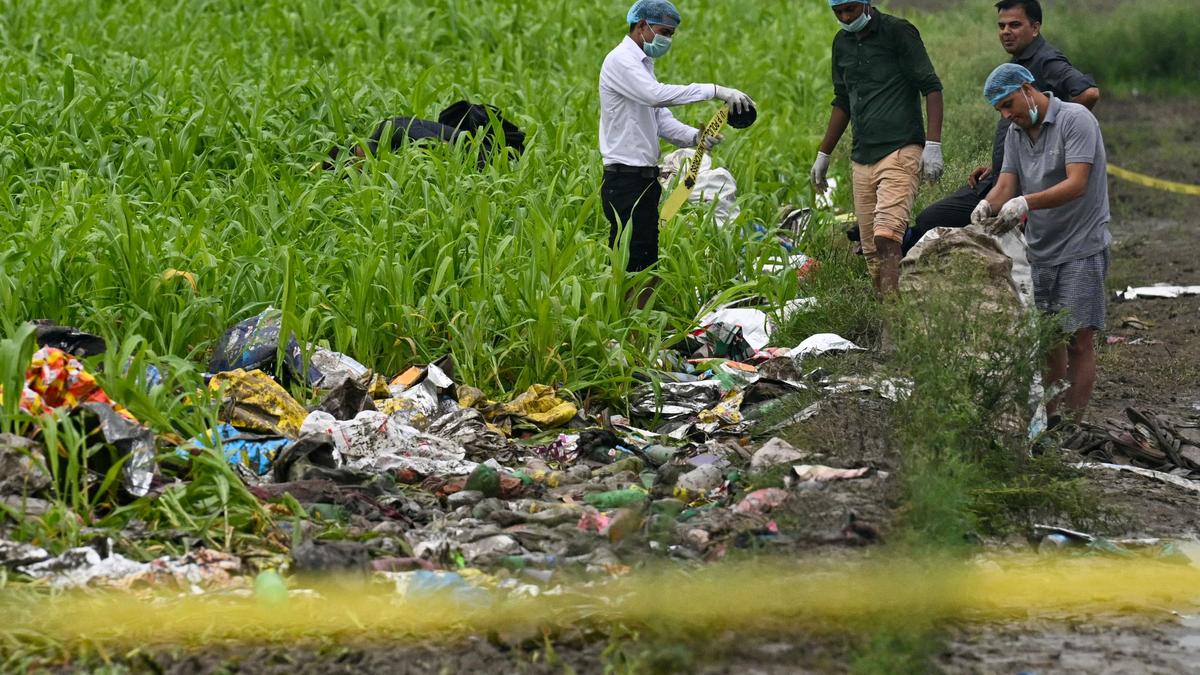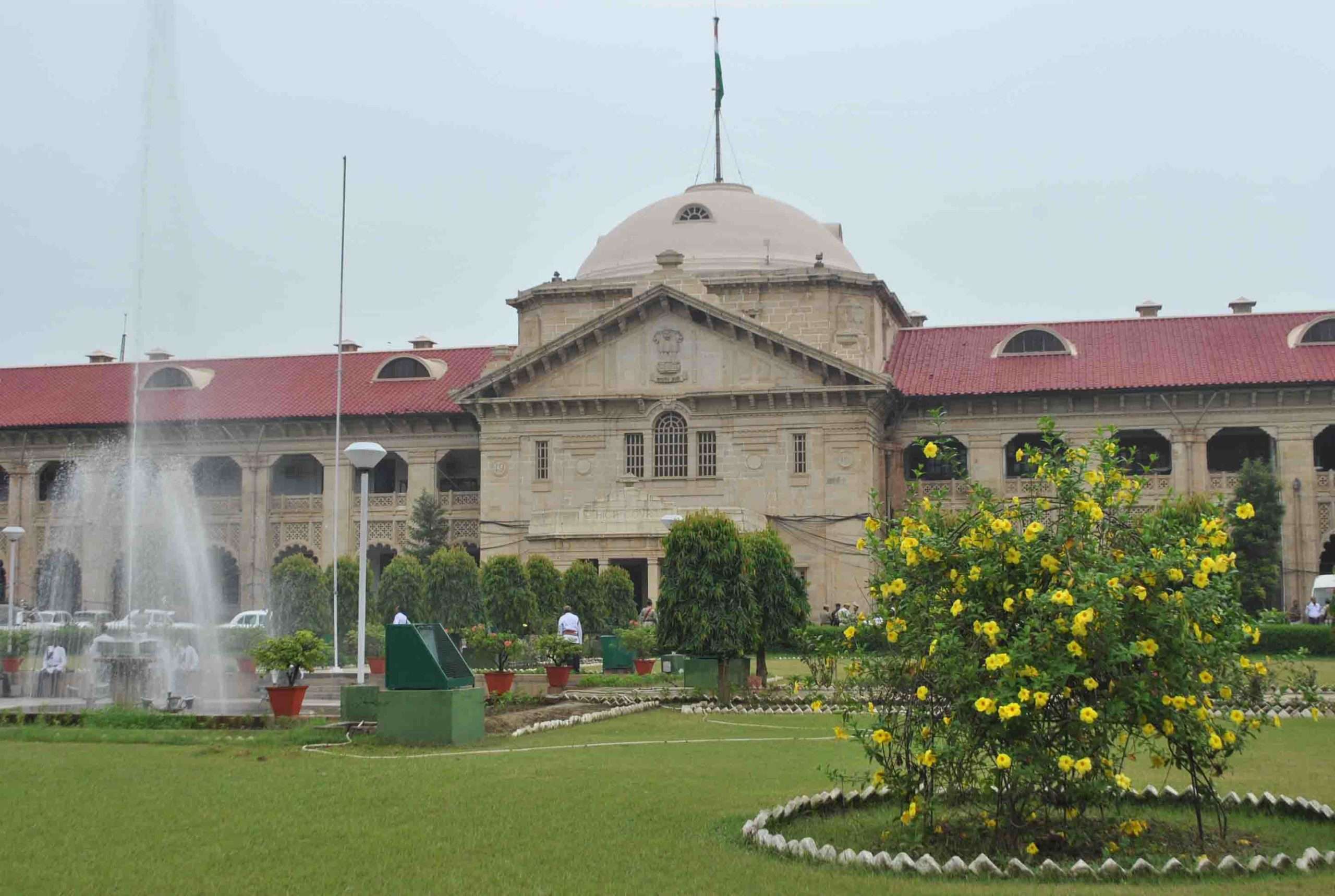On Monday, Union Minister of State for Jal Shakti Bishweswar Tudu said that arsenic has been detected in groundwater in parts of 230 districts in 25 states and fluoride in 469 districts in 27 states.
In a written reply in the Rajya Sabha, the Minister said that the groundwater contamination reported by the Central Ground Water Board (CGWB) is mostly geogenic in nature and does not show significant change over the years.
The CGWB under the Ministry of Jal Shakti conducts regular monitoring and assessment of groundwater quality including groundwater contamination of arsenic and fluoride. The board has carried out various studies in collaboration with other institutions, Tudu added.
He further said that these studies indicate the occurrence of arsenic and fluoride in groundwater beyond permissible limits – set by the Bureau of Indian Standards (BIS) – for human consumption in isolated pockets in various states and Union Territories.
The CGWB along with the National Institute of Hydrology (NIH) prepared a report on “Mitigation and Remedy of Groundwater menace in India: A Vision Document” in 2010 and it has been circulated to various concerned agencies and departments for guidance and execution.
Recently, the CGWB signed a Memorandum of Understanding (MoU) with the Geological Survey of India (GSI) for the study of groundwater contamination, including arsenic and fluoride, with the focus on eight states – Punjab, Haryana, Andhra Pradesh, Uttar Pradesh, Chhattisgarh, Jharkhand, Bihar, and Assam.
There is no conclusive evidence regarding the increase in concentration of the contaminants over time, the Minister said. He attributed the increase in the instances of arsenic contamination to the revision of the permissible limit of arsenic in drinking water from 50 ppb to 10 ppb by the BIS in 2015 and an increase in the number of sampling points.














